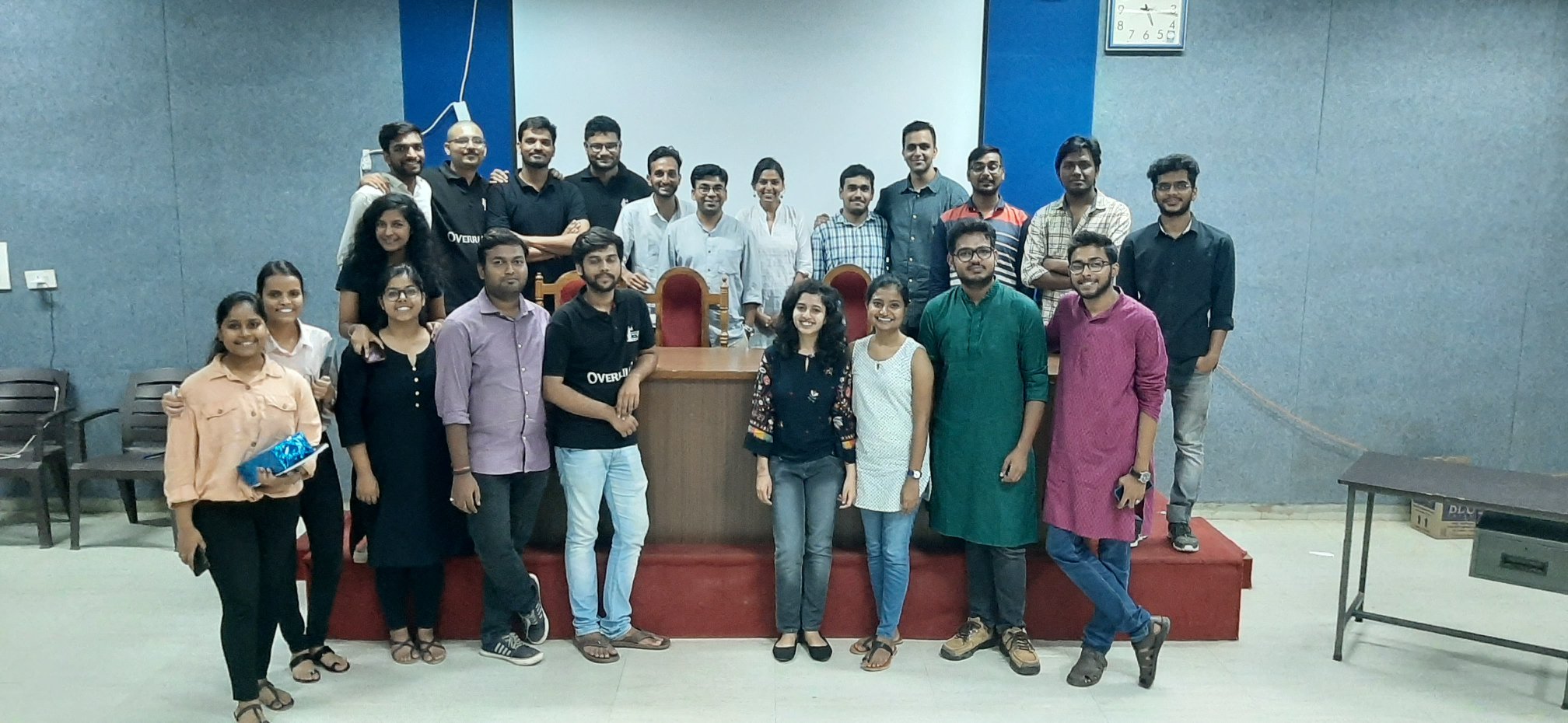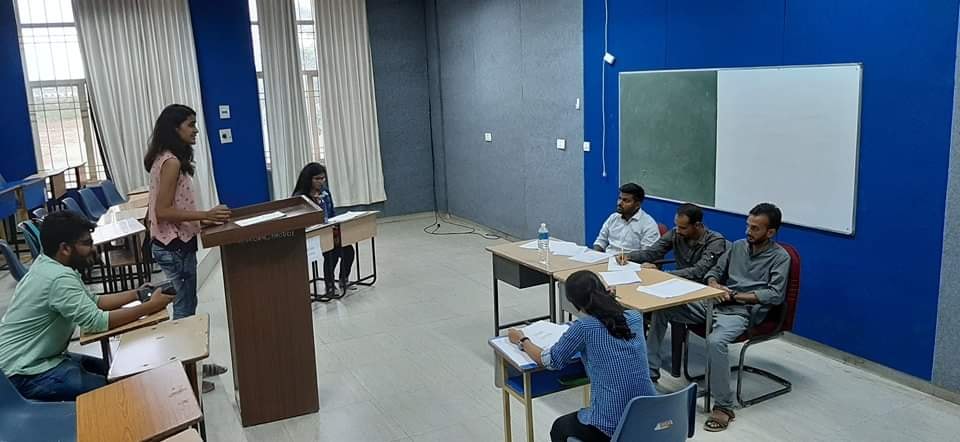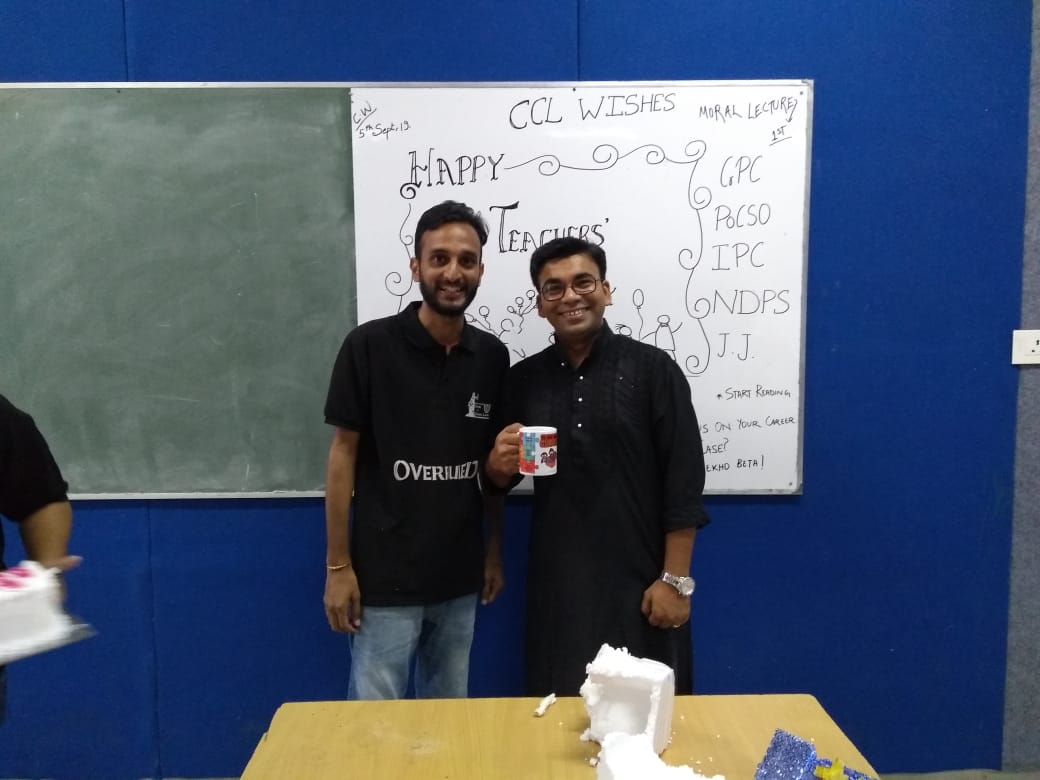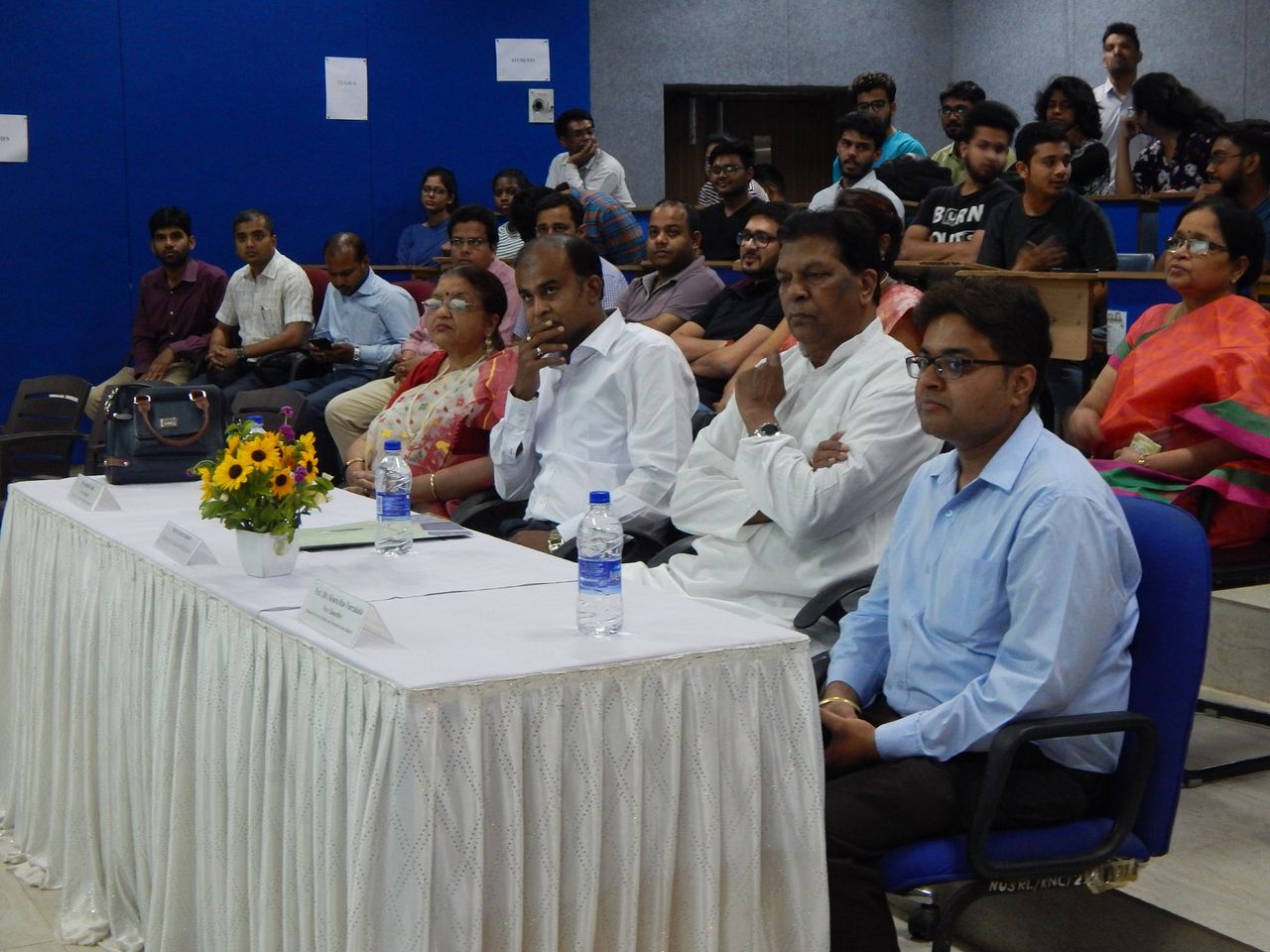Author(s): Srija Singh is a 3rd year law students at Amity Law School, Noida and Sandhya Prabhakaran is a 4th year law students at Amity Law School, Noida.
Introduction
Numerous individuals, innocent of crimes, have faced wrongful convictions, imprisonment, and, in tragic cases, even death after confessing to offenses they did not commit. This issue, recognized since the early 20th century (Munsterberg, 1908), is still inadequately understood in its full scope (e.g., Kassin & Wrightsman, 1985; Miranda v. Arizona, 1966). Efforts like the Innocence Project, set up in 1992, aim to employ advanced DNA analysis to re-examine biological evidence in disputed convictions. However, DNA exonerations represent only a fraction of wrongful convictions, with false confessions identified through various means—such as instances where the confessed crime never occurred, new evidence proves the impossibility of the confessor committing the crime, the apprehension of the true perpetrator, or the emergence of non-DNA evidence proving innocence (Drizin & Leo, 2004). Contrary to popular belief, false confessions have occurred not solely in the United States but also globally, throughout history.
To grasp confession evidence fully, one must understand police interrogation processes, including initial interviews, Miranda warnings, and techniques used to extract admissions. Additionally, understanding the factors contributing to false confessions—such as vulnerabilities in suspects, coercive interrogation methods, and the paradoxical impact of innocence on the minds of innocent suspects—is crucial. These research streams not only illuminate the problem but also offer empirical insights for policy modifications to prevent false confessions and mitigate their adverse repercussions.
A Peak Into History
In India, as in many other countries, the issue of false confessions has historical roots that are intertwined with legal, societal, and cultural factors. While India has a rich and diverse history, discussions about false confessions often center around the criminal justice system and its practices.
- Colonial Influence:
India’s legal system has been influenced by British colonial rule. The Police Act of 1861, which was enacted during the British Raj, laid the foundation for the policing system in India. Interrogation methods during this period were not always humane, and confessions were sometimes obtained through coercion.
- Torture and Coercion:
Historical accounts suggest that torture and coercion were common in the Indian criminal justice system, with law enforcement often resorting to force to extract confessions. This practice persisted even after gaining independence in 1947.
Key Factors & Concerns
- Police Practices:
There have been documented cases of police misconduct and abuse during interrogations in India. Reports of custodial torture and ill-treatment have raised concerns about the reliability of confessions obtained under such circumstances.
- Lack of Legal Safeguards:
Historically, the legal framework in India did not provide sufficient safeguards against coerced confessions. The absence of strict regulations and oversight mechanisms contributed to the vulnerability of individuals during police interrogations.
- Social and Economic Disparities:
Socioeconomic factors play a role in the dynamics of false confessions. Individuals from marginalized communities, with limited access to legal resources, may face added challenges in resisting coercive tactics during interrogations.
Ongoing Challenges
- Custodial Torture and Abuse:
Reports of custodial torture and abuse, leading to coerced confessions, continue to be a concern. Efforts are being made to address this issue through legal reforms, but challenges in implementation persist.
- Legal Reforms:
India has seen ongoing efforts to reform laws related to custodial torture and the protection of human rights. Amendments to the Protection of Human Rights Act and discussions surrounding the introduction of anti-torture legislation are examples of initiatives aimed at preventing abuse during interrogations.
- Judicial Scrutiny:
Indian courts continue to play a crucial role in scrutinizing the admissibility of confessions obtained under duress. Courts may exclude evidence obtained through torture or coercion, emphasizing the importance of ensuring fair and just legal processes.
- Human Rights Advocacy:
Human rights organizations in India actively work to raise awareness about custodial torture, advocate for legal reforms, and provide support to victims. These organizations play a vital role in holding authorities accountable for human rights violations.
Positive Developments
- Use of Technology:
The use of technology, such as the recording of interrogations, has been increasing. Recording interrogations can serve as a valuable tool to ensure transparency and accountability, as well as to protect individuals’ rights.
- Increased Awareness:
There is a growing awareness among the public, legal professionals, and law enforcement agencies about the importance of respecting the rights of individuals in custody. This awareness can contribute to a more informed and vigilant society.
Interrogative Techniques
It refers to the methods and approaches used by law enforcement and investigative authorities to question individuals during an investigation. These techniques aim to gather information, elicit truthful statements, and, in some cases, obtain confessions. It is essential to note that the effectiveness and ethicality of interrogative techniques can vary, and improper methods may lead to coerced or false confessions. Here are some common interrogative techniques:
This involves straightforward and open-ended questioning to gather information. It is a basic form of interrogation where the investigator seeks facts and details directly from the interviewee.
Cognitive interviewing is a technique designed to enhance the retrieval of information from the individual’s memory. It often involves open-ended questions, allowing the interviewee to provide a detailed narrative without leading or suggestive prompts.
In many jurisdictions, law enforcement officers must issue a Miranda warning to suspects in custody. This warning informs the individual of their right to remain silent, the right to an attorney, and the consequences of self-incrimination.
This technique involves having two interrogators with different approaches. One takes a more aggressive stance (the “bad cop”), while the other adopts a more sympathetic or understanding role (the “good cop”). The goal is to create a sense of trust with the “good cop.”
The Reid Technique is a structured method of interrogation that involves a nine-step process, including confrontation, theme development, and providing the suspect with a way out (a face-saving alternative). Critics argue that it may lead to false confessions, particularly if applied improperly.
Psychological Vulnerabilities
The phenomenon of false confessions in criminal investigations is often rooted in various psychological vulnerabilities. Understanding these vulnerabilities is crucial to understand why innocent individuals sometimes admit to offenses they did not commit. These psychological aspects can be multifaceted and encompass both individual and situational factors, leading to the occurrence of false confessions. False confessions are a multifaceted issue influenced by various psychological vulnerabilities.
- Individual Psychological Vulnerabilities
Individual psychological vulnerabilities refer to specific traits, conditions, or characteristics within a person that can make them more susceptible to certain pressures, influences, or stressors, increasing the likelihood of engaging in behaviors that they might not otherwise show. In the context of false confessions, these vulnerabilities play a significant role in why some individuals are more prone to admitting to offenses they did not commit.
Certain individuals have elevated levels of compliance and obedience to authority figures. They are more prone to acquiesce to demands or suggestions made during interrogations, even if it means admitting to an offense they did not commit. This obedience stems from a desire to please or follow perceived authority figures. Individuals who mostly rely on the opinions of others tend to show these characteristics.
- Cognitive Disabilities
Individuals with intellectual disabilities, learning impairments, or cognitive limitations might have difficulty understanding the legal process or the consequences of confessing. They may confess due to confusion or a desire to comply without fully understanding the implications of their actions. People with such disabilities can be more susceptible to suggestion or influence. They might be easily led or manipulated by interrogators, leading them to provide false information based on what they believe the interrogator wants to hear. Some individuals with cognitive disabilities may struggle to articulate their thoughts or experiencesiences accurately. They might inadvertently give misleading or false information due to communication barriers or misunderstandings.
- Minors
Minors and young individuals are more susceptible to the pressures of interrogation due to their underdeveloped decision-making abilities. Their immaturity, coupled with a lack of experience in handling stressful situations, increases the likelihood of providing false confessions to end the interrogation process. Adolescents often have less developed decision-making abilities. They may not fully understand the consequences of confessing falsely or understand the gravity of the situation, leading them to provide inaccurate information.
- Mental Health Conditions
People with certain mental health conditions may be more vulnerable to external pressure or interrogation tactics. They might confess to something they did not do due to coercion, fear, or the desire to please authority figures. Conditions like schizophrenia or certain personality disorders can affect a person’s sense of reality. They might have difficulty distinguishing between what is real and what is not real, leading them to confess to something they believe happened, even if it did not take place.
- Stress
During lengthy or intense interrogations, innocent individuals may confess falsely as a means of seeking relief from the stress, pressure, or discomfort caused by the interrogation process. The false belief that confessing will end the ordeal motivates them to provide a confession despite their innocence.
- Situational Psychological Vulnerabilities
- Manipulative Interrogation
Coercive or manipulative interrogation techniques, such as prolonged questioning, false promises of leniency, threats, or deception about evidence, can create a sense of fear, confusion, or hopelessness. In such situations, individuals may falsely confess to escape the distress of the interrogation. Manipulation refers to the act of skilfully and often subtly influencing or controlling others in a way that serves the interests of the investigator, often to the detriment of the person being manipulated.
Manipulative investigators often use deceit or misinformation to create a false narrative or to mislead others. This can involve lying, exaggerating, or selectively presenting information to achieve a desired outcome. Sometimes during interrogations, the authorities may exploit the emotions of concerned individuals to gain control.
- Deprivation and Exhaustion
Interrogations conducted over extended periods, depriving individuals of sleep, food, or breaks, can impair their cognitive functioning and decision-making abilities. Fatigue and exhaustion increase susceptibility to providing false information just to end the interrogation. Removal of necessities from one’s life for a prolonged period leads to exhaustion causing the person to admit to the interrogations even when they are aware of it being false.
- Apprehension of Repercussions
Innocent individuals may falsely confess due to a fear of the potential consequences of keeping their innocence. They might perceive that the evidence against them is overwhelming or that the legal system will not believe their innocence, leading them to confess in hopes of avoiding harsher punishment.
- Lack of Legal Knowledge
Some individuals, especially those with limited education or awareness of legal rights, might not fully understand their rights during interrogations. This lack of understanding can lead them to provide false confessions to follow authority figures or due to confusion about the legal process.
Relevant Judicial Precedents
The Jessica Lal Murder Case [Sidhartha Vashisht @ Manu Sharma vs. State (NCT of Delhi)] The Jessica Lal murder case, a prominent criminal case in India, unfolded on April 29, 1999, when model Jessica Lal was fatally shot by Siddharth Vashisht (Manu Sharma) at a Delhi restaurant. Sharma, the son of a powerful politician, faced accusations of murder. Despite numerous witnesses, many hesitated to testify against him due to fear. The case met challenges as key witnesses faced influence and intimidation, resulting in non-cooperation. Sharma was initially acquitted in 2006, sparking protests over justice credibility and the influence of power. Public outrage led to a retrial in December 2006, where Sharma was found guilty and sentenced to life imprisonment.
The case prompted discussions on legal flaws, evidence protection, and the need for judicial reform. It emphasized the role of media and public support in shaping laws. Jessica Lal’s murder left a lasting impact on India’s legal system, emphasizing the necessity of fair trials, victim protection, and accountability. The incident sparked debates on justice system scrutiny and its role in serious matters.
The Aarushi-Hemraj Double Murder Case [Rd. (Smt.) Nupur Talwar vs State of U.P. And Another] case originating in Noida, India in 2008, involves the perplexing murders of 14-year-old Aarushi Talwar and her domestic help Hemraj Ban Jade. The case gained national attention due to its complexity, diverse perspectives, and challenges in research, garnering public and media scrutiny. Initially, Aarushi was found dead with her throat slit, followed by the discovery of Hemraj’s body on the house terrace a day later. Local police faced criticism for mishandling evidence, leading to contamination of the crime scene. The Talwar family, particularly Aarushi’s parents, Dr. Rajesh Talwar and Dr. Nupur Talwar, became suspects and were arrested. Speculation surrounded alleged affairs, outsider involvement, and murder possibilities.
The case underwent multiple changes, with the Central Bureau of Investigation taking over from local police. The trial featured contradictory evidence, a lack of conclusive proof, and allegations of tampered evidence. In 2013, the Talwar were convicted, but in 2017, the Allahabad High Court overturned the verdict, citing insufficient evidence. The case sparked widespread media coverage, prompting public discourse on the role of investigations, the judiciary, and the media. It underscores the need for improved forensic methods, evidence collection, and keeping crime scene integrity for fair and effective investigations, exposing complexities within India’s criminal justice system, and raising concerns about due process and criminal prosecution.
The Way Forward
Indian courts have acknowledged the problem of false confessions. The judiciary, in various rulings, has emphasized the need to scrutinize confessions thoroughly and not solely rely on them as conclusive evidence.
Reforms have been suggested to address the issue. This includes videotaping interrogations to ensure transparency and prevent coercive tactics, emphasizing the right to legal counsel, and improving the quality of investigations to rely on concrete evidence rather than solely on confessions.
False confessions in India remain a complex issue that demands multifaceted solutions. The prevalence of such confessions underscores the need for comprehensive legal reforms, improved investigative techniques, and better safeguards during interrogations.







Leave a comment